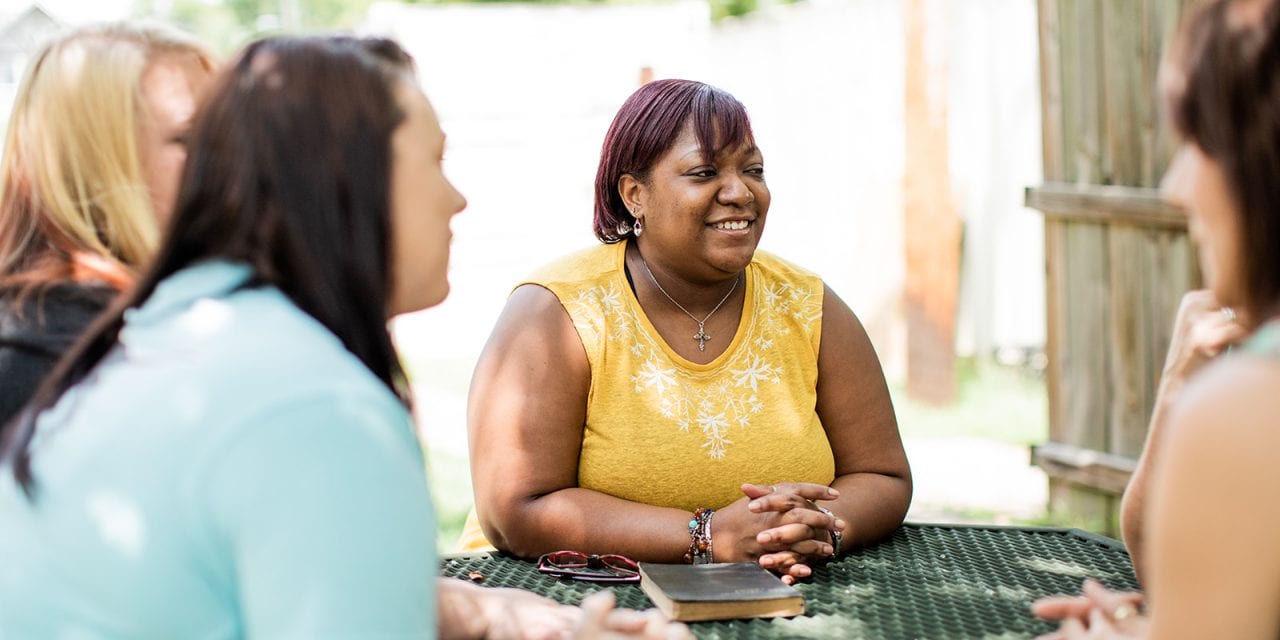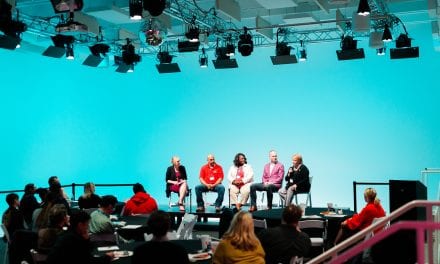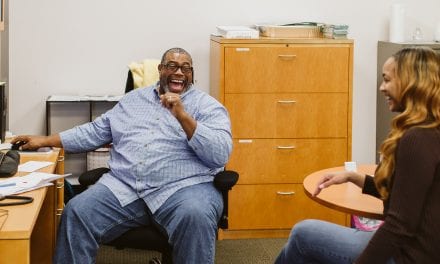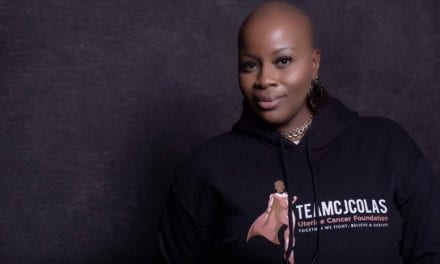While the area’s wealthy elite might not want the nation to see Nashville’s dirty laundry, the matter of the city’s homelessness has made national news. In an article from 2018, the Washington Post stated, “Based on an overnight census last year, Nashville officials located approximately 2,300 homeless people; local advocates estimate there are 20,000 people in Nashville living on the streets, in cars, camps, motels or in shelters.” This number is corroborated by an article from The Tennessean, which cites an estimate from Open Table Nashville offering a comparable number.
Homelessness has been a thorn in the paw of Nashville for a long time. Established in 1954, the Nashville Rescue Mission (NRM) was founded to help the area’s homeless by addressing the community’s needs through providing services with an underlying motivation to serve based on Christian principles. This includes breaking painful cycles of addiction and violence, as well as providing for basic needs like a place to stay, food, and clothes. Currently, the NRM meets the needs of 800 plus people, including children.
NRM Senior Director of Development Cheryl Chunn spoke to Launch Engine about how the 501(c)(3) is helping the homeless in Music City. Cheryl explains that the NRM’s services can be broken down into three levels of service that address the overall goal of providing hope.
Cheryl says, “Hope for Today” refers to the NRM’s programs to meet the life-or-death needs of the homeless population. “It’s people that come to us that need just a place to lay their head; some clothes; a meal—whatever it [may] be. Sometimes they come here needing bus tickets to go home to live with a family member. We provide any of those services that that person needs for today.”
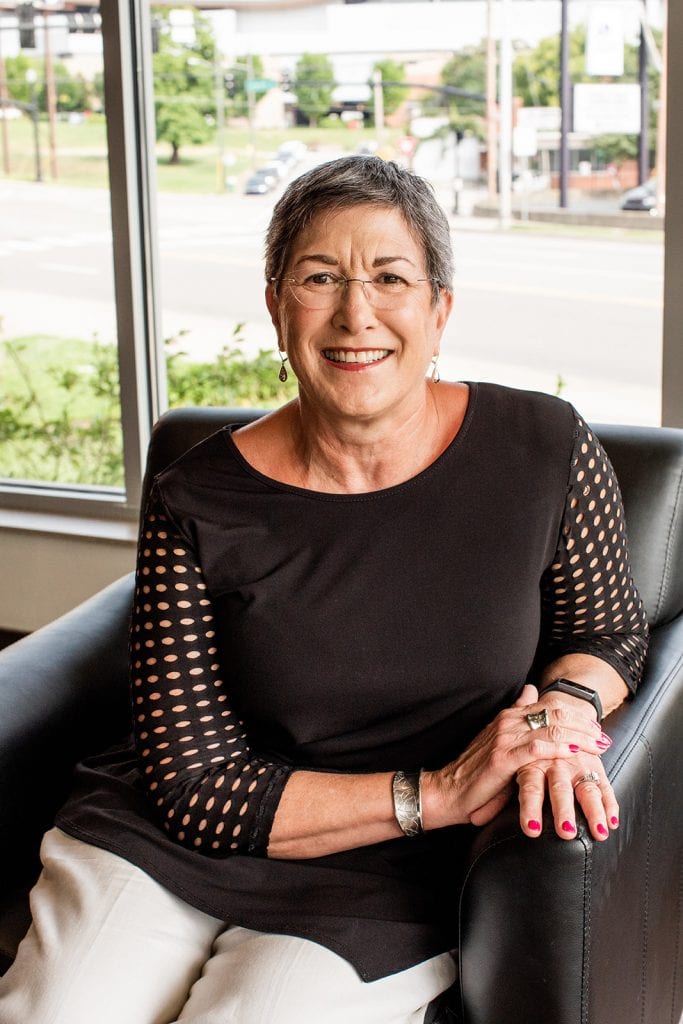
“Hope for Tomorrow” is a program covering the causes of homelessness and not just the symptoms. Cheryl explains, “So if someone comes to us and has a mental health [problem] or an addiction—whatever it is that has caused them to be homeless—and they want to get free from that so that they can live independently, they get admitted into our six-month life recovery program… People who need to get a degree [for] a high school education, we provide that. Just ongoing six-month, structured classes of all sorts to get people to be able to live independently again.”
Starting with a two-week trial period, a person can come and stay at the NRM and see if its resources—which include regular exposure to nondenominational Christian worship services—are going to be a good fit. “Typically we have people who are just at the end of their rope,” Cheryl says. “You know, they’ve tried treatment centers, they’ve tried whatever, and this is a place where they know that they can get the help for free. Not a dime comes out of their pocket for the care that they receive here.”
The last tier of the NRM’s services is “Hope for Eternity,” which is a program that gets people into a community of faith. While NRM isn’t unlike a church in that it has goals of converting lost souls to Christianity, Cheryl points out that NRM’s value of “radical hospitality” (one of five of the core values of NRM) means that anyone who walks onto their property can expect some kind of help without being expected to share their beliefs. The facilities will accept everyone, barring remote situations where a person’s stay might jeopardize the peace or safety of themselves and others.
For anyone curious about the costs of addressing the issue of homelessness, Cheryl’s job with the NRM can put some of the financials into perspective. Leading a team of nine other people, Cheryl’s overall responsibility is to meet the annual budget of $11.4 million dollars necessary to keep the Mission in operation. This means preserving the steady flow of continued major donations that come from individuals, corporations, foundations, and churches.
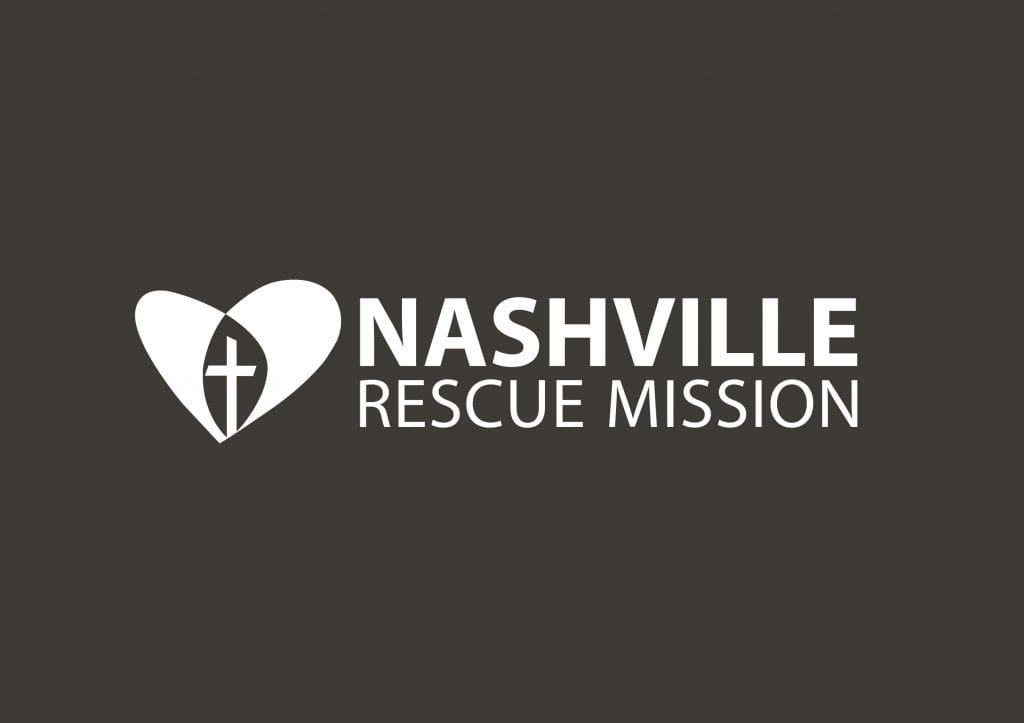
Part of the reason for such costs is that the NRM has two campuses, with the Men’s Campus being the old Sears building off of Lafayette Street that the Mission purchased years ago. The Women’s Campus, which houses children as well, is located on Rosa L. Parks Boulevard, near the Nashville Farmers’ Market.
As meeting the needs of the homeless includes providing spaces for safety, the splitting up of different campuses is done because there are so many needs related to the safety of each person staying at the NRM’s facilities. For the safety of the children staying at the Mission, background checks are done for every person who steps foot on the women’s campus. The basic needs of men and women are different, and having separate facilities means a more-targeted way of helping guests at NRM.
Treating the homeless like human beings is more than just the plea of a bleeding heart. It’s a strategy to help people that have been failed by other systems. For NRM, this means case managers place guests with the services that they need. NRM’s case managers get to know each person so as to better help them. They also have a client-tracking system, which gives employees information about the recipients of their services.
With the dangers of COVID-19 and the restrictions placed on Nashville to combat the pandemic, Cheryl says that NRM was in a complicated spot. Homeless people rely on the Mission to survive, but with volunteering limited and adequate space lacking for social distancing, Cheryl says the NRM reached out to Mayor John Cooper to provide additional facilities so that NRM could maintain social distancing for its clients. Mayor Cooper honored that request with the allocation of three buildings—an Overflow Shelter, Sick Shelter, and an Interim Shelter for those awaiting COVID-19 test results at the Nashville Fairgrounds. Employees from the Metro Public Health Department were onsite to staff those locations. This allowed NRM to relocate some of the people staying at their campuses so that they could comply with social distancing guidelines.
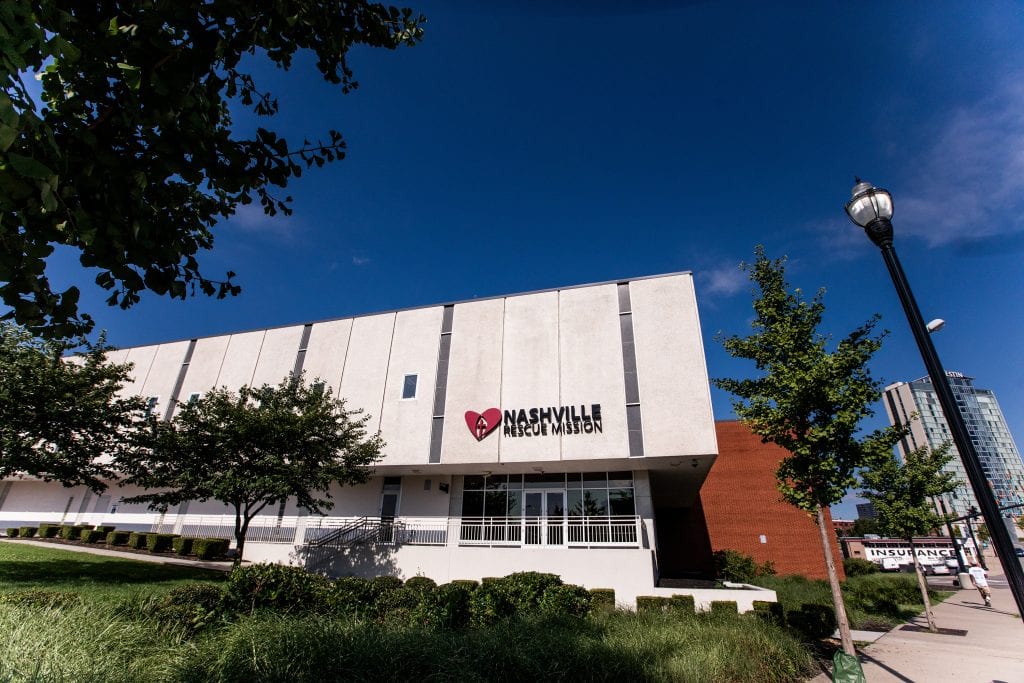
While Cheryl expresses appreciation for the help the Mission received from the city, she describes NRM’s relationship with the Mayor’s Office during the pandemic as being “challenging at times.”
“We’ve had to over-communicate to his team,” Cheryl says. “They’re not as knowledgeable about homeless… people. We have done a lot of training of people who were staffing [the Nashville Fairgrounds shelters].” While Cheryl thinks that the Mayor’s Office wants to help, she feels that both the ability to help and a comprehensive understanding of the sensitive issues surrounding homelessness need to be understood in greater depth by the current city administration.
The fact that the NRM exists in the first place should say a great deal about Nashville’s willingness to help the area’s homeless. The organization has spent over 65 years serving the city, and Cheryl says that the NRM receives no public funds to do so.
Cheryl says, “If we went away, the city would have a really difficult time doing what we do.”
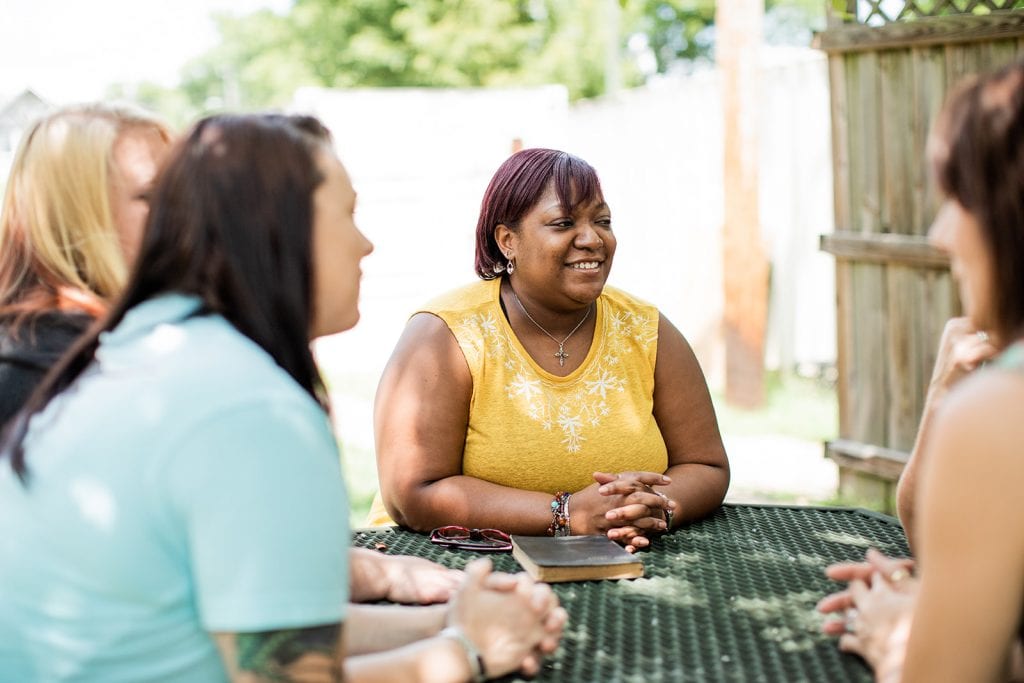
According to Cheryl, the NRM is one big gear in a massive machine. She explains that different organizations with common goals work with NRM to patch some of the service gaps homeless people face. This includes Operation: Stand Down Tennessee, which recently helped six homeless veterans staying with NRM find permanent housing.
But the issue of homelessness is so much bigger than what NRM can fix. Cheryl says that the biggest problem Nashville has is the lack of affordable housing. “We had so many folks where we got them out of homelessness before COVID,” she says. “We got them in apartments. They had jobs downtown, whether it be in hospitality, cleaning, whatever. And then COVID hits, and you can go maybe one month of rent… But we’ve seen so many of those folks come back to us, which is really sad.”
Cheryl says that the rent rate she’d seen for apartments near downtown ranged between $1,500-$1,800 for an apartment, with the stipulation that however close the apartment may be to a prospective job, that transportation would have to be worked out.
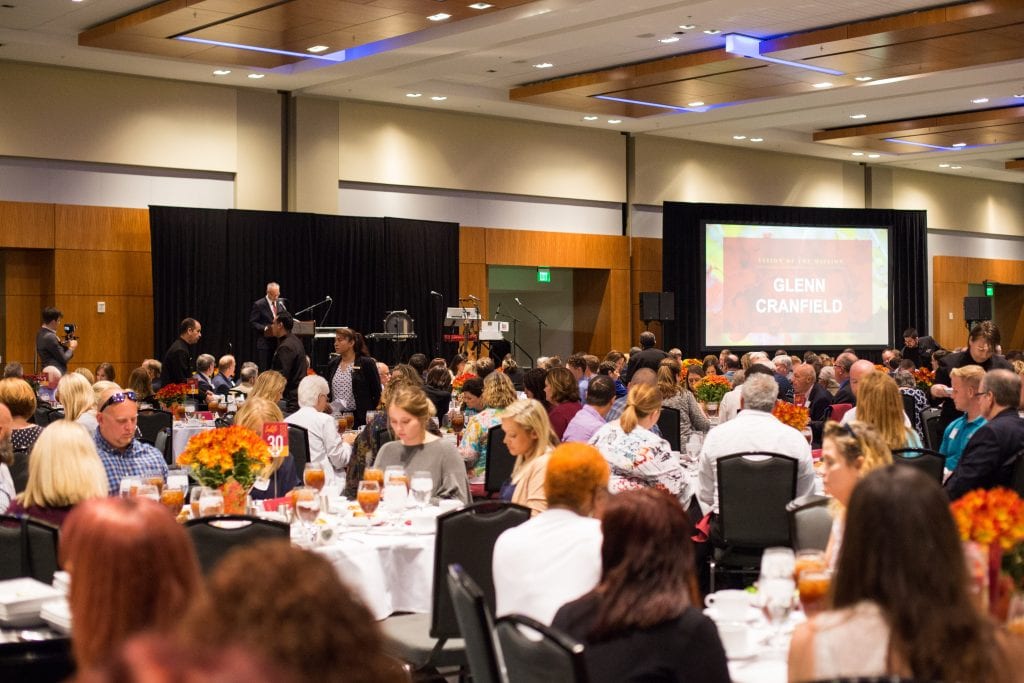
“With a 34 percent tax increase, I’m not sure anyone’s focusing on the homeless population,” Chery offers. She states that she “would have to believe” that the recent tax hike risks further displacing homeless people. At a time when Nashville’s needs are many, helping the homeless community might not be at the front of public discussion.
What the future holds for Nashville’s homeless population is unknown. But in providing hope for the immediate future, NRM’s 40,000 active donors—including partnering churches, businesses, organizations, individual contributions, and celebrities who’ve donated their time to the Mission’s cause—have stood with the Mission. The funds and supplies to keep NRM guests fed and healthy during the pandemic helped the Missiongreatly. Only a few of the 600 people staying with NRM got sick from COVID-19. Cheryl says, “We’ve had so many wonderful supporters helping us, stepping up.”
The Nashville Rescue Mission is currently welcoming back volunteers on a limited basis to both campuses. For further information about the Nashville Rescue Mission and ways to support the organization’s mission, be sure to visit their website and social media.

